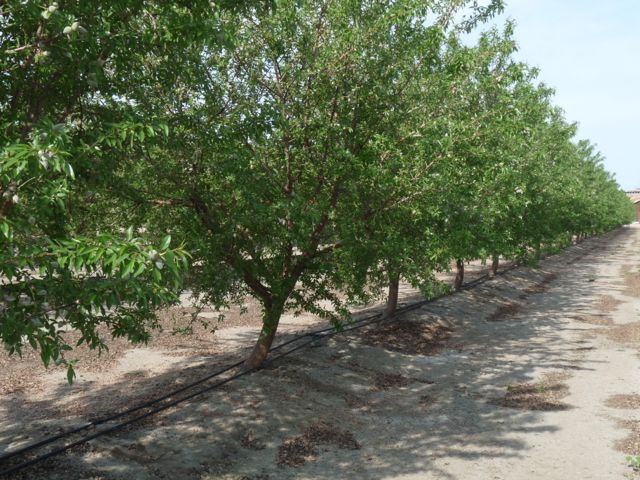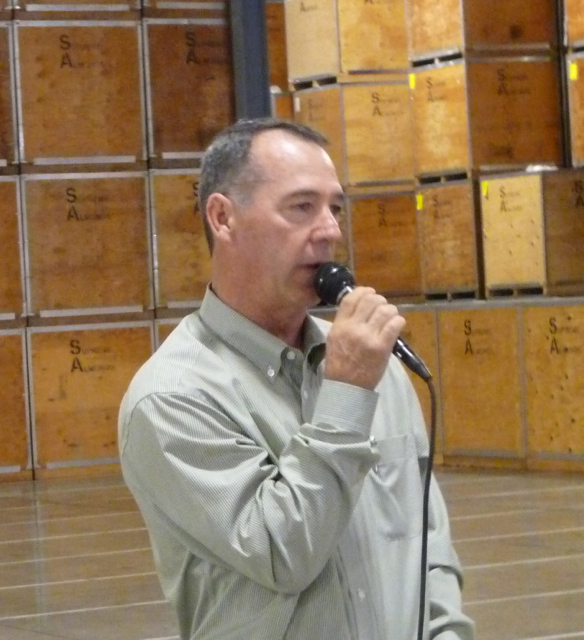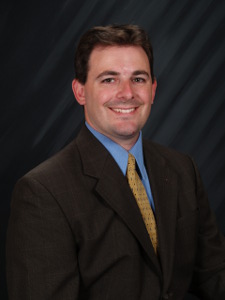Trees
Replanting Trees as Harvest Ends
David Doll on Replanting Trees
By Laurie Greene, Editor
As harvest comes to a close for many tree crops, the time for replanting trees is swiftly approaching. David Doll, a UC Cooperative Extension farm advisor in Merced County, said that if California receives significant rain this year, the replanting process in orchards would be more difficult.
“If we are potentially coming into a wet winter, it’s going to provide challenges in establishing new orchards,” Doll said. “In the case of heavy rainfall, it’s important to keep a few things in mind and plan accordingly. First, if we’re doing any type of soil modification, we need to get a little bit of moisture to help the soil settle.”
Doll said second step is ‘pulling’ berms—the small hills or walls of dirt or sand in an orchard created to divert rain and irrigation water from the tree trunk. He explained, “We want to pull them before the soil gets too wet. We don’t want to walk into a heavy soil field, such as clay or clay loam, and pull berms because in doing so do, we would actually slick that soil over and have to deal with compaction and future issues with the orchard.”
“Third, when we start planting our trees,” Doll said, “it’s important to make sure that we dig a proper hole with wet soils.” Doll warned if you don’t spend the time to dig a hole, you can ‘glaze’ the soil or form a crust on the sides of the holes, particularly in clay soils, leaving a hard, compact surface that is impenetrable to young roots. He advised to fracture or scratch glazed soil on the sides of the hole with a shovel or rake before filling in to ensure proper root growth.
Doll also said that when planting, the graft union—the point on a plant where the graft is joined to the rootstock—needs to be kept aboveground. “Countless times I’ve seen people plant the graft union below the ground,” said Doll. “Or they’ll plant the tree, pull up a berm, and actually put the graft union below the ground. Keeping the graft union about one hand’s width above the soil line will ensure the graft union remains aboveground as the tree settles.”
“Lastly, if machine planting in very wet clay loam soil, clods [lumps] and air pockets may form,” Doll said. “That’s problematic. The same thing also may occur with hand planting. It’s important to make sure the planters are digging a properly-sized hole and the roots need to be sufficiently covered. The soil needs to be broken down and then replaced around the tree. Finally, to ‘tank’ the tree, apply about 4-5 gallons of water after replacing the dirt to reduce the air pockets and allow the tree to get a good, solid start.”


























